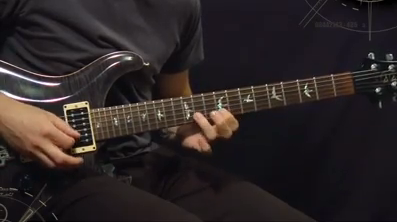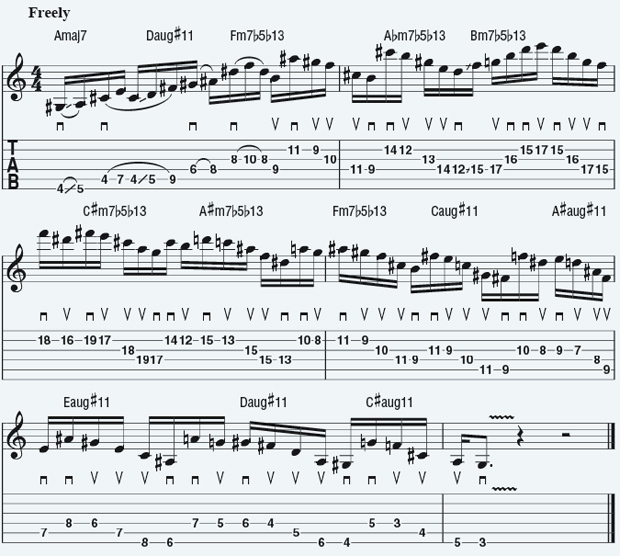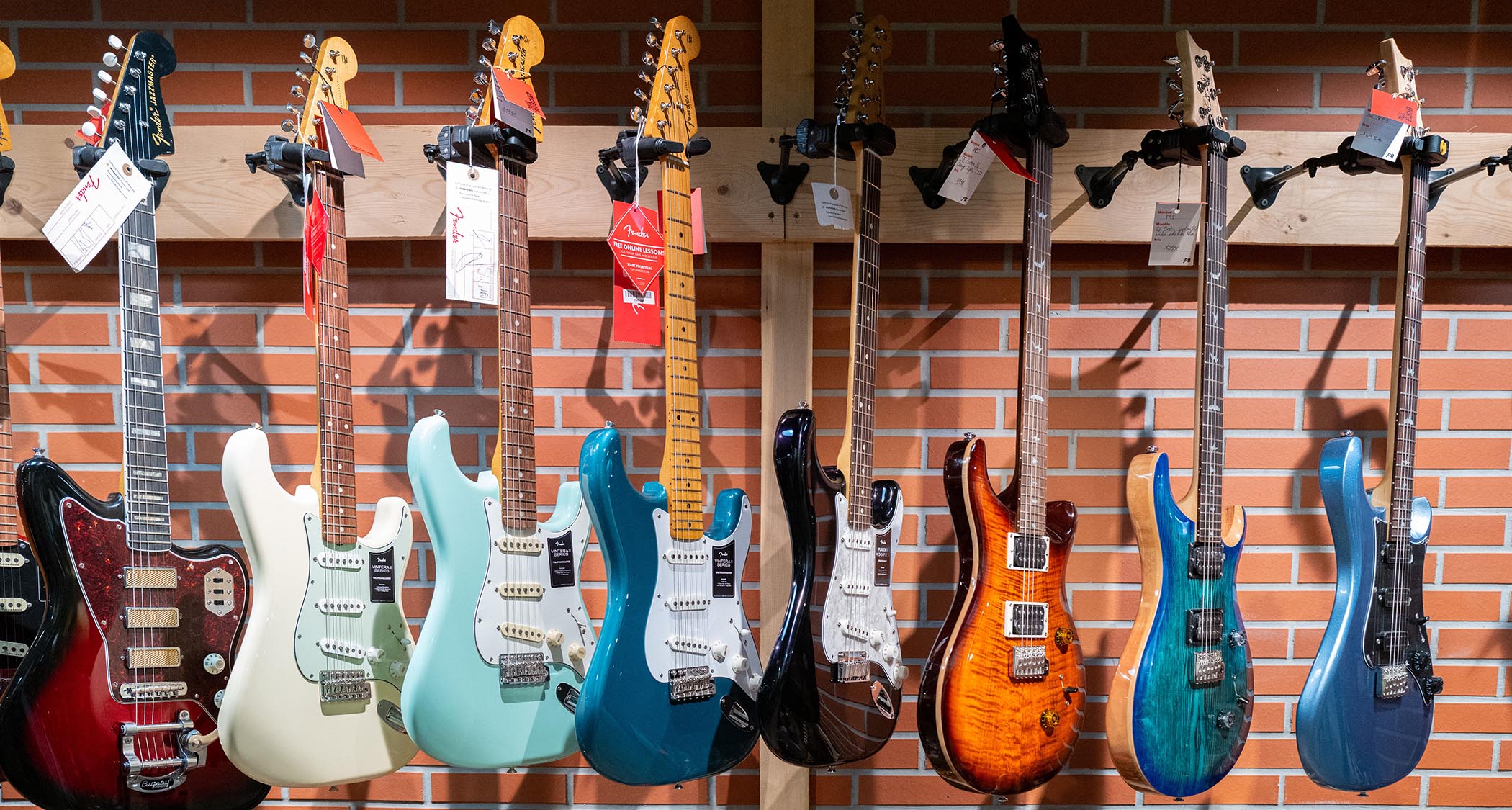Betcha Can't Play This: "Colorful" 16th-Note Run by Francesco Artusato of All Shall Perish

This is a 16th-note run built with melodic ideas, shapes and arpeggios borrowed from some of Claude Debussy’s Preludes for Piano.
It combines a variety of shapes and tonalities into an unbroken line that moves between various harmonic "colors," but it’s also fast, technically exciting and challenging to play.
I start off with an Amaj7 arpeggio, beginning on the seventh, G#. The first three beats incorporate legato phrasing [hammer-ons and pull-offs used in combination]. I play a total of five notes using the "2-2" form [two notes per string]. I then move to a D augmented arpeggio with a #11, again using the 2-2 form but only playing a group of four notes this time.
After this, I play a series of arpeggios, using the 2–1–2 form, that move intervallically up, down and across the neck. At this point the melody no longer accentuates the downbeats and starts developing an interesting rhythmic pattern that keeps moving around.
For the remainder of the run, the 16th notes are grouped in fives [2-1-2] and sevens [2-2-1-2], and everything is based on sweep and alternate picking. It’s important to keep the pick-hand’s movement relaxed, efficient and flowing when transitioning from one technique to the other. The goal is to keep the 16th notes even.
There are two consecutive down-strokes with a string skip in between, first seen in bar 2, beat one, and repeated throughout the remainder of the run. Executing this while maintaining the sweep-picking motion will probably require the most amount of attention and practice. The objective is to create a continuous flow of notes. Use a metronome, start slowly and gradually build up to speed.
Good luck!
All the latest guitar news, interviews, lessons, reviews, deals and more, direct to your inbox!

